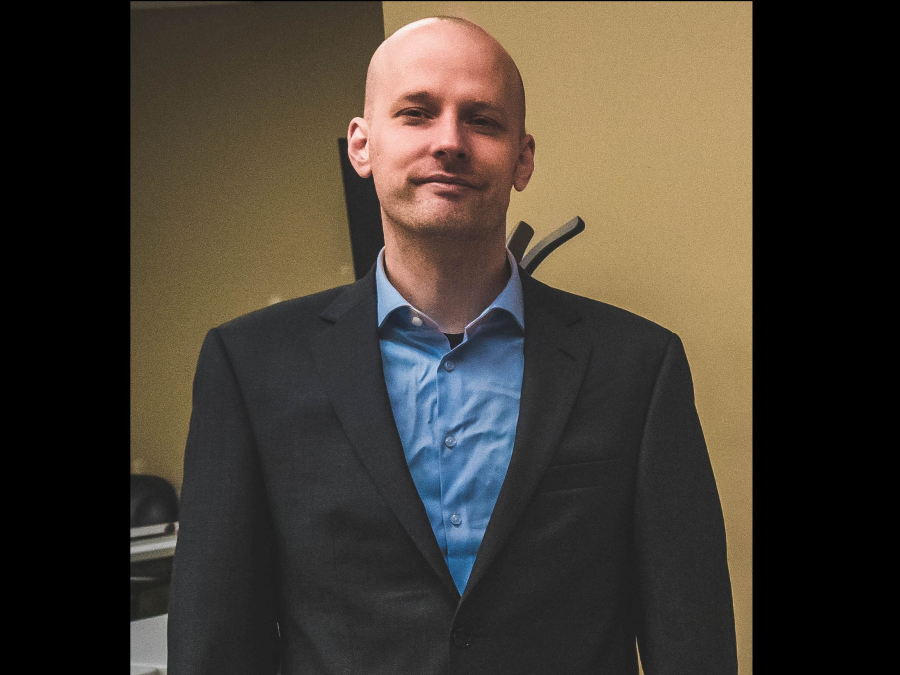Lars Tebbe, an assistant professor of research in the Biomedical Engineering Department at the Cullen College of Engineering, has earned $90,000 in funding thanks to the Knights Templar Eye Foundation (KTEF) Career Starter Grant.
Tebbe's proposal is entitled “The clinical benefits of modulating ROM1 in switching a PRPH2-associated pattern dystrophy phenotype to retinitis pigmentosa.”
According to the project's abstract, “Peripherin2 (PRPH2) is vital for the structural integrity and function of photoreceptor cells. Mutations in PRHP2 are linked to a variety of inherited retinal diseases (IRDs), including night blindness and loss of daily vision. Recent studies found a connection between mutations in PRPH2 and the IRDs Leber Congenital Amaurosis (LCA) and Stargardt’s disease, both developing a serious form of vision-loss in the early childhood of patients.”
“The connection of PRPH2 with those two IRDs underscores the relevance of PRPH2 as a target in the development of a gene therapy for pediatric eye diseases. PRPH2 interacts with another protein called rod outer segment membrane protein 1 (ROM1). Reduction of ROM1 levels in a mouse model carrying a disease-causing mutation in PRPH2 shifted the diagnosis from loss of daily vision to a more manageable night blindness. Thus, ROM1 was identified as target in reducing the severity of loss of daily vision caused by mutation in PRPH2.”
The grant aims to reduce levels of ROM1 by using molecules named antisense oligonucleotides (ASOs) in a mouse model carrying an IRD-causing mutation of PRPH2. The study will test whether the administration of the ASOs in eye drops will be as effective as the injection of ASOs formulated in nanoparticles.
“The results obtained in this study have the potential to develop better therapeutic options for children affected with vision-loss caused by mutations in PRPH2 and thus, increasing their quality of life,” Tebbe wrote.
The foundation is committed to support research that can help launch the careers of clinical and basic researchers focused on the prevention and cure of potentially blinding diseases in infants and children. This year, the foundation awarded 26 career starter grants – more than $2.3 million in funding. To date, KTEF has provided more than $168 million on research, education and patient care, awarding $33 million in pediatric research grant awards and $10 million in endowments at five leading ophthalmology research and educational institutions.
“I want to thank the Knights Templar Eye Foundation for giving me the opportunity to advance our knowledge of the underlying mechanisms causing pediatric eye diseases and to explore novel therapeutic approaches for those eye diseases,” Tebbe said.
Tebbe joined the University of Houston in 2019. He was previously affiliated with the Department of Cell and Matrix Biology at the Johannes Gutenberg University of Mainz in Germany.

![[Left to right] Lars Tebbe, Muna Naash, Muayyad R. Al-Ubaidi and Mustafa Makia have all contributed to research on a model to examine Usher syndrome. [Left to right] Lars Tebbe, Muna Naash, Muayyad R. Al-Ubaidi and Mustafa Makia have all contributed to research on a model to examine Usher syndrome.](/sites/ccoe.egr.uh.edu/files/images/news/2024/lars-tebbe-group-01.jpg)